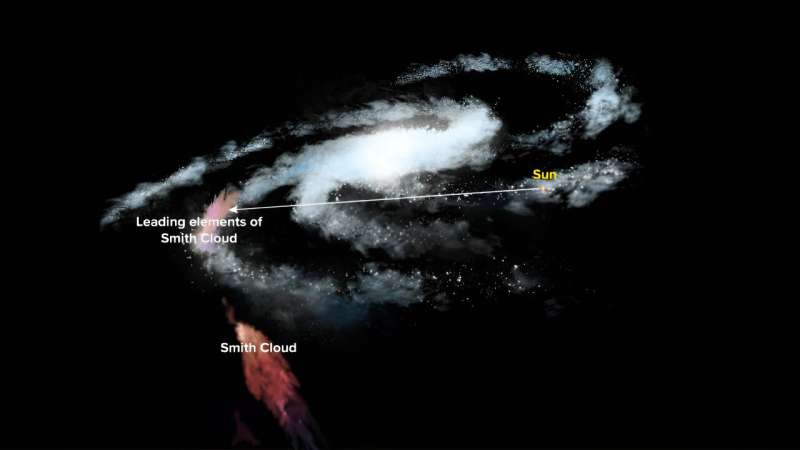
An early morning frost has been discovered for the first time on top of the tallest volcanoes in the solar system, found near the equator of Mars, changing what planetary scientists thought they knew about the Martian climate.
The discovery shows that “Mars is a dynamic planet” and that water in solid form can be found at all latitudes on Mars, according to lead researcher Adomas Valantinas, who is a postdoctoral fellow in the university’s Department of Earth, Environment and Planetary Sciences. Brown. the sciences. Valantinas directed the work while a Ph.D. student at the University of Bern in Switzerland.
In new research published in the journal Nature Geoscience this week, the researchers said the frost suggests there are microclimates on Mars, with a unique climate within the caldera of volcanoes, the depression at the top of volcanic mountains. Frost gives scientists insight into the water cycle on the Red Planet.
Mars always surprises us,” Valantinas told USA TODAY. “That’s the beauty of science.”

How was frost discovered?
Researchers first discovered the frost in images taken by the Color and Stereo Surface Imaging System (CaSSIS) aboard the European Space Agency’s Trace Gas Orbiter. Valantinas said those images were validated using another camera aboard ESA’s Mars Express orbiter and a spectrometer also on the Trace Gas Orbiter.
The team analyzed thousands of images and ran computer simulations to confirm the existence of frost.
What the unexpected discovery says about the climate of Mars
Researchers didn’t expect to see frost at the planet’s equator, Valantinas said, because of how dry the atmosphere and warming surface temperatures are there compared to the rest of the planet. The frost may be a sign that ancient climates in the region had more rainfall and snowfall, leading to ice deposits on volcanoes.
Frost deposits have been observed on the edges of volcanoes only in the early morning hours and return as steam to the atmosphere as temperatures warm, Valantinas said. Craters that always saw sunlight did not develop frost. The way air circulates over volcanoes allows frost to form.
“You can see the same phenomenon … on Earth, where during the winter time, you wake up in the morning and you go out in your garden and you see thin, white deposits of frost on the ground and they disappear if there is sunshine later in the afternoon “, he said.
Volcanoes in the Tharsis region where the frost was found include Olympus Mons, the largest known volcano in the solar system at 16 miles high. According to NASA, its caldera is 50 miles wide and could fit the entire Hawaiian Islands.

The frost found there is thin—about the width of a human hair, the researchers found—but widespread. Inside the volcanoes’ calderas, the water that exchanges between the surface and the atmosphere each day during the cold Martian seasons can fill 60 Olympic-sized swimming pools, about 150,000 tons of water.
Why did it take so long to discover frost? The window to spot it was narrow because it appears only in the early morning during the coldest Martian seasons, Valantinas said in a press release from the European Space Agency.
“In short, we need to know where and when to look for frostbite. We happened to look for it near the equator for some other research, but we didn’t expect to see it on the tops of Martian volcanoes!” Valantinas said.
#Frost #tops #volcanoes #equator
Image Source : www.usatoday.com




